As we witness the convergence of Web3 and the metaverse, we stand at the precipice of a new era in digital experiences. In this article, we will explore the synergy between these groundbreaking concepts, delving into the decentralized metaverse and discussing the potential for transformative experiences in a virtual world without borders.
Web3: The Foundation for Decentralized Metaverses
Web3 refers to the next stage in the evolution of the internet, characterized by a more decentralized, secure, and user-centric digital landscape. This new paradigm is built on blockchain technology, providing a transparent, trustless, and censorship-resistant foundation for online interactions.
In the context of the metaverse, Web3 offers the underlying infrastructure for decentralized virtual worlds, where users maintain control over their assets and data. This shift in power dynamics has the potential to unlock unprecedented possibilities for user-generated content, immersive experiences, and digital economies.
The Metaverse: A New Frontier for Digital Experiences
The metaverse is a collective virtual space that encompasses a vast array of interconnected digital environments. These environments can be accessed through various devices, including smartphones, computers, and virtual reality headsets. The metaverse offers users the opportunity to explore, socialize, create, and even earn a living within its virtual confines.
As the metaverse becomes increasingly decentralized, users will enjoy greater freedom and control over their experiences. This shift will not only empower individuals but also drive innovation and economic growth in the digital realm.
Unlocking New Possibilities in a Decentralized World
The fusion of Web3 and the metaverse opens the door to a plethora of new possibilities, including:
- User-Owned Assets – Decentralized metaverses built on blockchain technology enable users to own and control their digital assets, such as virtual land, NFTs, and in-game items.
- Decentralized Governance – Decentralized Autonomous Organizations (DAOs) can be employed to manage and govern virtual worlds, fostering community-driven decision-making and resource allocation.
- Digital Economies – Web3-powered metaverses can support native digital economies, facilitating peer-to-peer transactions and the creation of new revenue streams.
- Enhanced Privacy and Security – Decentralized metaverses can provide greater privacy and security for users, ensuring that personal data remains under their control.
Success Cases
Several projects highlight the potential of decentralized metaverses:
- Decentraland – A virtual world built on the Ethereum blockchain, Decentraland allows users to purchase, develop, and monetize digital land, paving the way for user-generated experiences in the metaverse.
- The Sandbox – Another Ethereum-based virtual world, The Sandbox offers a platform for users to create, share, and monetize their own gaming experiences, leveraging NFTs and the native SAND token.
- CryptoVoxels – A voxel-based virtual world built on Ethereum, CryptoVoxels enables users to buy, build, and trade digital assets, providing a canvas for creative expression and commerce.
Conclusion
The intersection of Web3 and the metaverse represents a groundbreaking shift in the way we interact with the digital realm. As these concepts continue to develop in tandem, we can anticipate the emergence of decentralized metaverses that empower users and unlock new possibilities for immersive experiences and economic growth. The decentralized metaverse is not only a fascinating new frontier for digital exploration but also a catalyst for innovation and transformation in the virtual world.




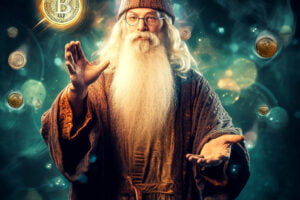

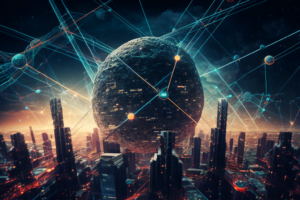
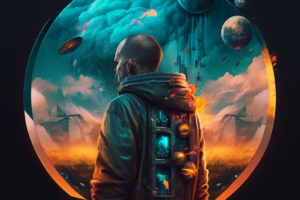
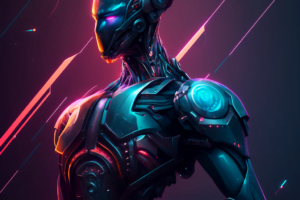

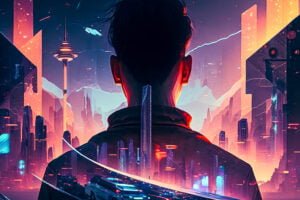



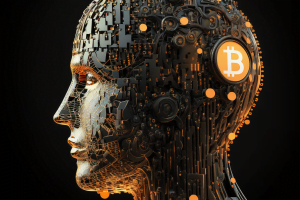





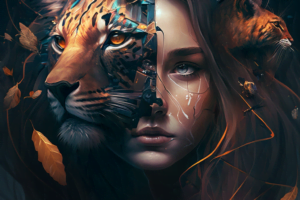


![StarsArena (StarShares): The Universe of Web3 Crypto Social Media! [Guide] starsarena](https://cryptos.us/wp-content/uploads/2023/10/starsarena.png)

